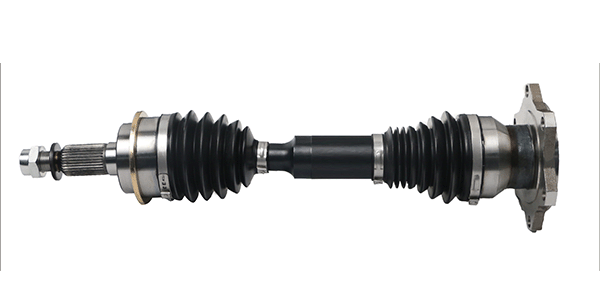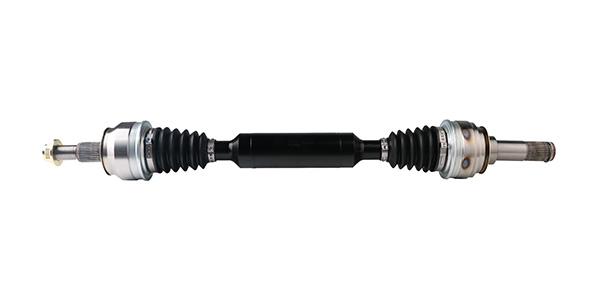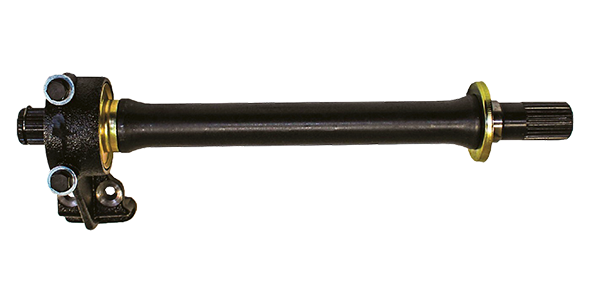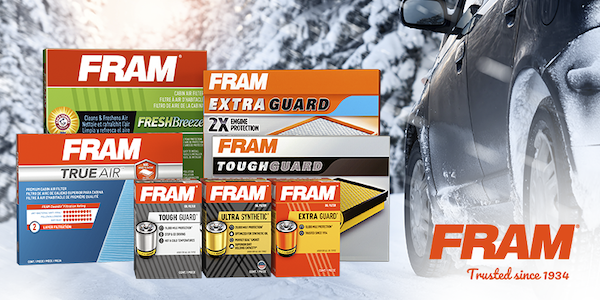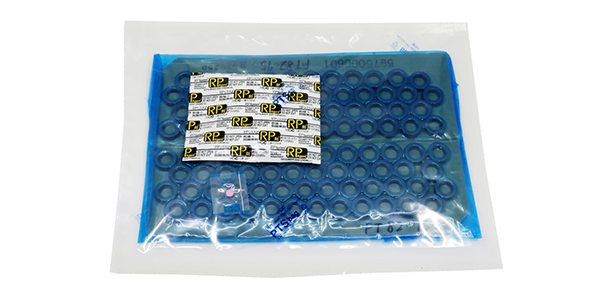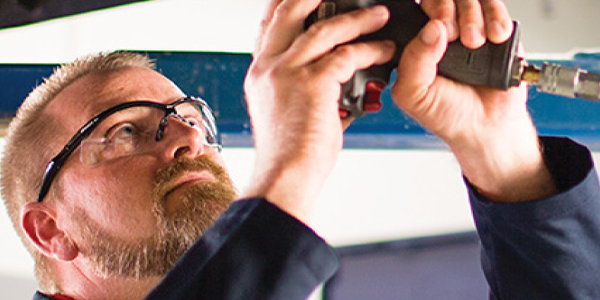
Water pump failure can happen at any time during the year. Depending on the season, your customer may see different symptoms, and not understand the root cause. We’ll point out below a couple of symptoms that vary with the season, and some that stay the same all year round.
Common Symptoms of a Failing Water Pump
When not addressed in a timely fashion, a failing water pump can cause the engine to overheat and seize. It is usually a gradual process, but there are many tell-tale signs to look out for in order to catch the problem early on. Any time a customer brings in a car with the following symptoms, it’s highly recommended to check out the water pump.
Year-Round Symptoms
- Low coolant level
- A high-pitched whining or growling sound coming from the front of the engine
- A coolant leak at the front of the car
- Overheating
Hot Weather Symptom
- The temperature gauge showing warmer than normal coolant temperature (but not yet overheating)
Cold Weather Symptom
- Heater doesn’t produce much heat (due to low coolant)
To diagnose water pump failure:
- Check for coolant leaks at the weep hole and gasket.
- Listen to the water pump while it’s running.
- Grab the pump pulley and check for bearing play.
What Causes a Water Pump to Fail?
Water pumps wear out over time, but the following things will speed up the process:
- Bad/wrong coolant: Contaminated or incompatible coolant can cause corrosion inside the water pump
- Worn/improperly installed belt: A belt that’s either misaligned or too tight can make the water pump seize.
- Dry running: A water pump that’s running without coolant or low on coolant (due to a leakage) lacks the lubricant needed to keep the seals in working order. When seals overheat, they fail and cause even more coolant leakage.
Water Pump Preventative Maintenance
Water pump preventative maintenance sounds a little funny, doesn’t it? But it can be done. There are two important things you can do to prolong the life of a water pump:
- Flush and fill the coolant on schedule: Coolant breaks down over time, and people sometimes add water to it. Both increase the chance of corrosion inside the pump.
- Use the right coolant: Manufacturers use different materials for water pumps and engine gaskets. They specify coolant that won’t damage anything in their engines.
Why Use a Quality Replacement Water Pump?
A well-built water pump will be more reliable and reduce comebacks. A cheap water pump is bound to fail again, causing a comeback and a warranty issue. It’s in your shop’s and your customer’s best interests to install an aftermarket water pump that’s reliable and well built.
So what should you look for in a high-quality replacement water pump? Here are a few must-have features:
- OE-quality
- A design that matches OE coolant flow rate and pressure
- Bearings produced in-house
- High-quality materials
- Tested for durability, leakage, and dimensional precision
This article was sponsored by GMB North America, Inc. For more information, please visit our website at www.gmb.net






